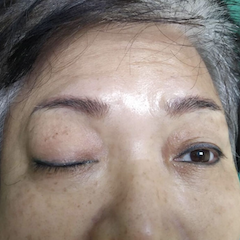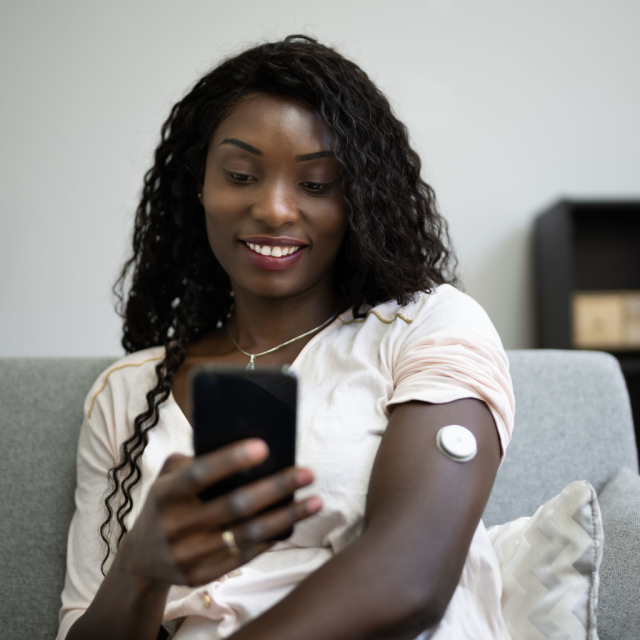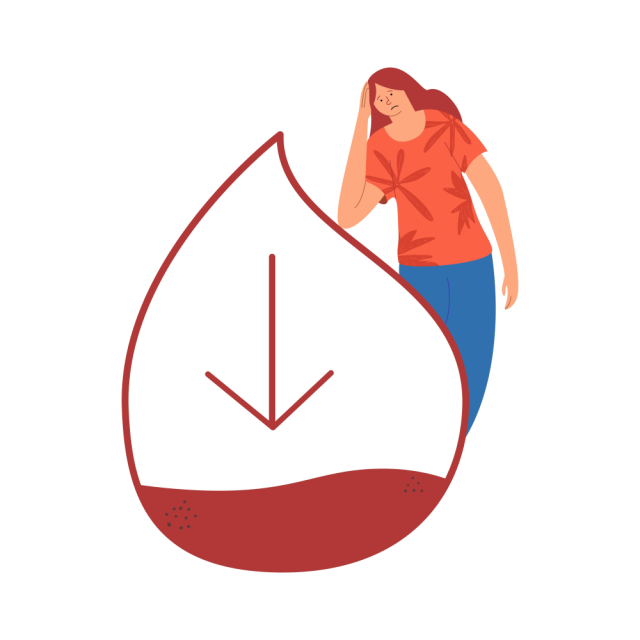(BMJ)—A 59-year-old woman with HTN complained of R eyelid drooping with left gaze diplopia, dull R eye pain, and throbbing headache. Exam: R eye ptosis, mydriasis with sluggish reaction to light, lateral deviation, motor/reflexes WNL. A non-contrast head CT was negative. What’s the dx?

|
Preseptal cellulitis
|
|
Oculomotor nerve palsy
|
|
Myasthenia gravis
|
|
Horner syndrome
|
|
Miller-Fisher syndrome
|
A 25-yo woman w/ type 1 DM calls your office to report higher-than-usual glucose readings on her FreeStyle Libre continuous glucose monitor (CGM) over the past day. She uses a multi-dose insulin regimen, and her A1c 3 weeks ago was 6.7%. She was in her usual state of health until developing a mild URI 2 days ago, at which point she implemented her sick day plan and started taking vitamin C 1000 mg daily, plus an OTC sugar-free guaifenesin/dextromethorphan/phenylephrine syrup. You ask her to check a fingerstick glucose, and she notes that it's significantly lower than the current reading on her CGM. What's the most likely cause of this discrepancy?

|
failure of her CGM sensor
|
|
phenylephrine
|
|
dextromethorphan
|
|
guaifenesin
|
|
vitamin C
|
A 48-yo woman w/ T2DM and hypertension presents after suffering a symptomatic hypoglycemic episode earlier in the day. Her A1c last month was 7.6%. She takes metformin, glipizide, valsartan, and rosuvastatin. She called the office two days ago with typical UTI symptoms and was prescribed ciprofloxacin. Which of the following interactions with ciprofloxacin is likely responsible for her hypoglycemic episode?

|
rosuvastatin
|
|
metformin
|
|
valsartan
|
|
glipizide
|
